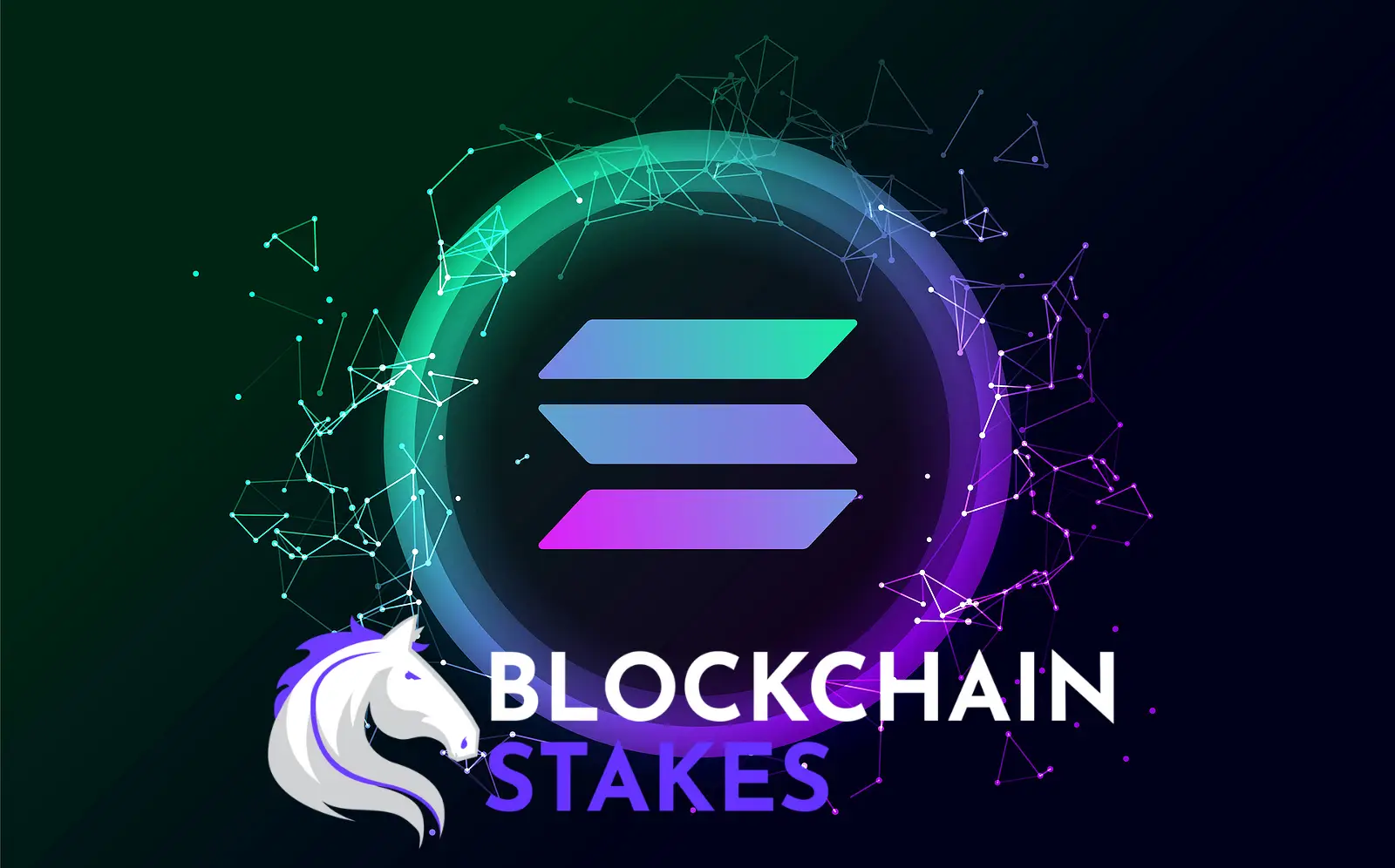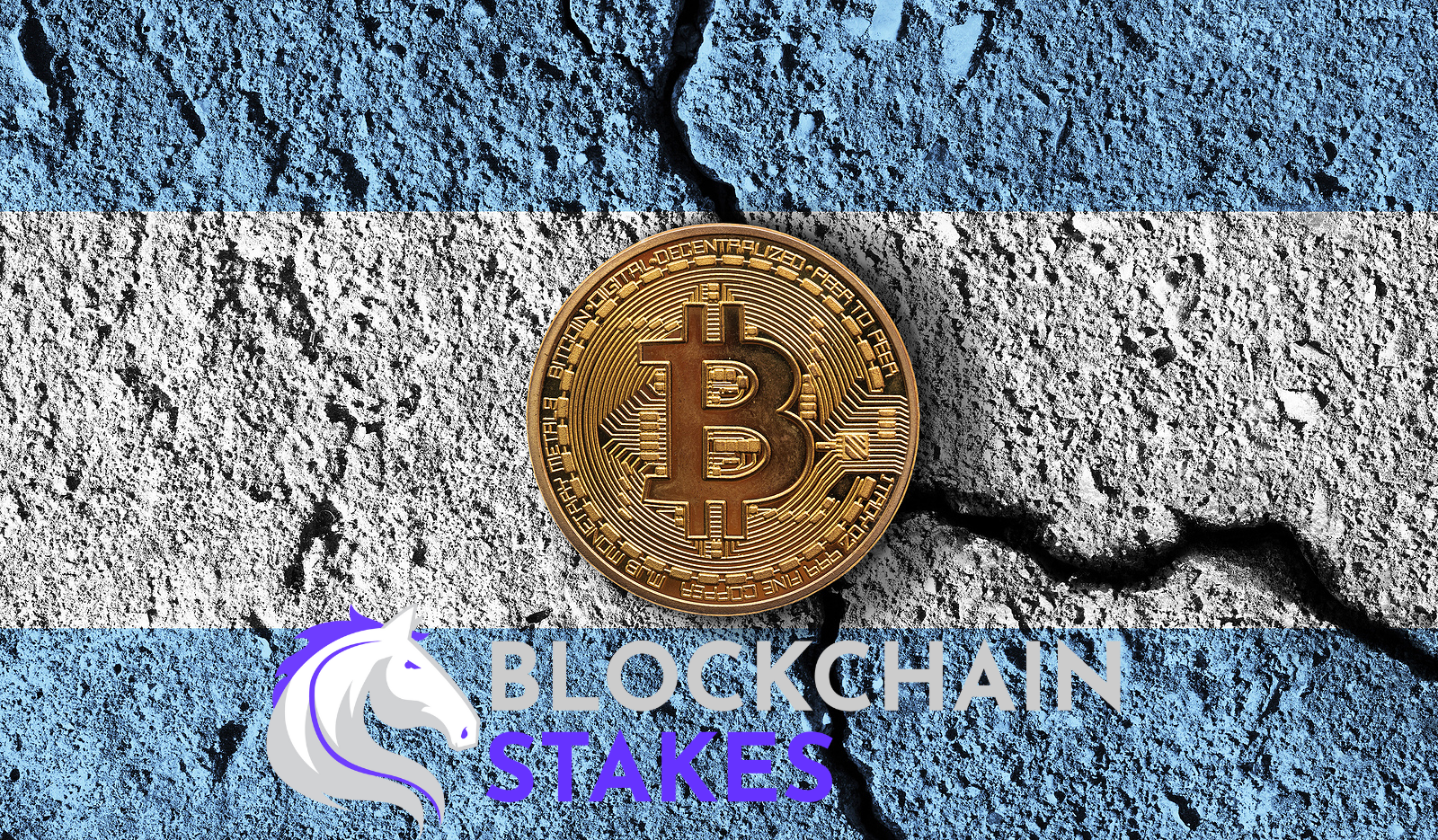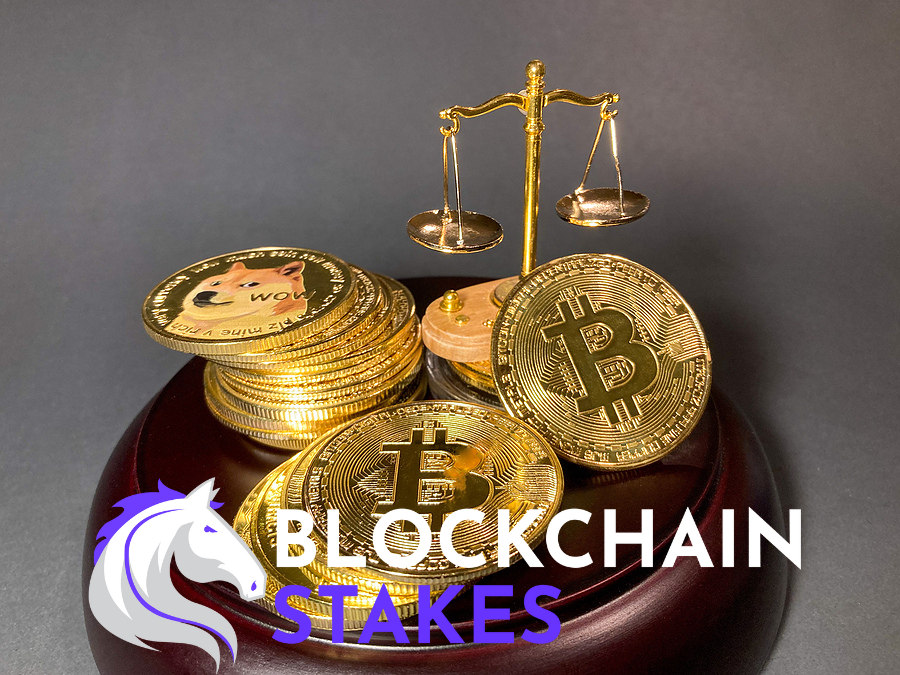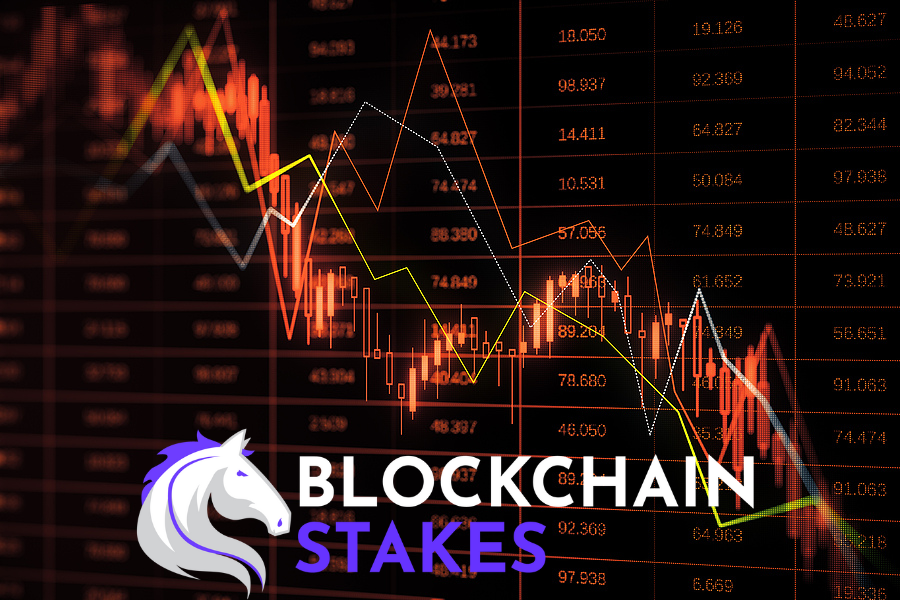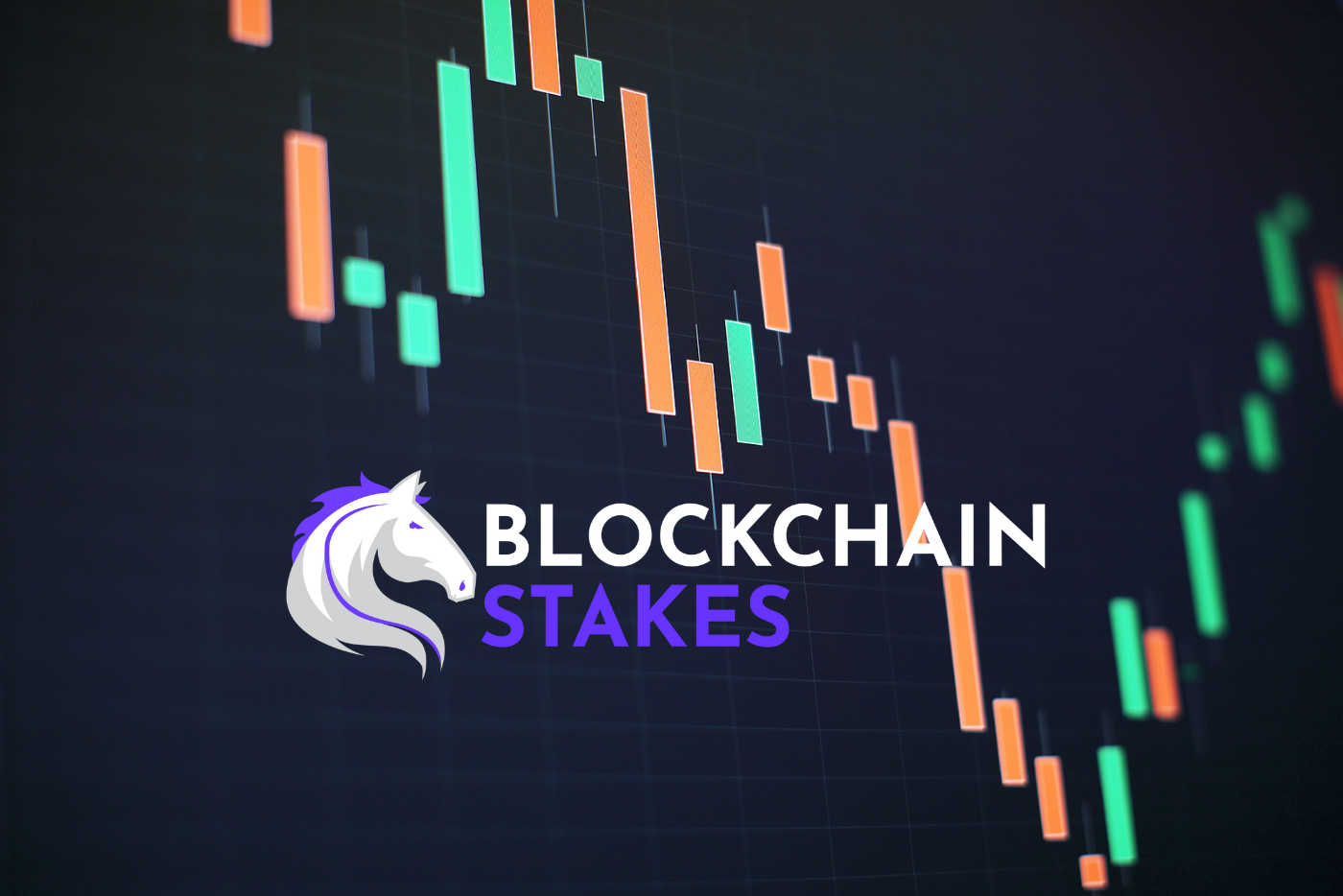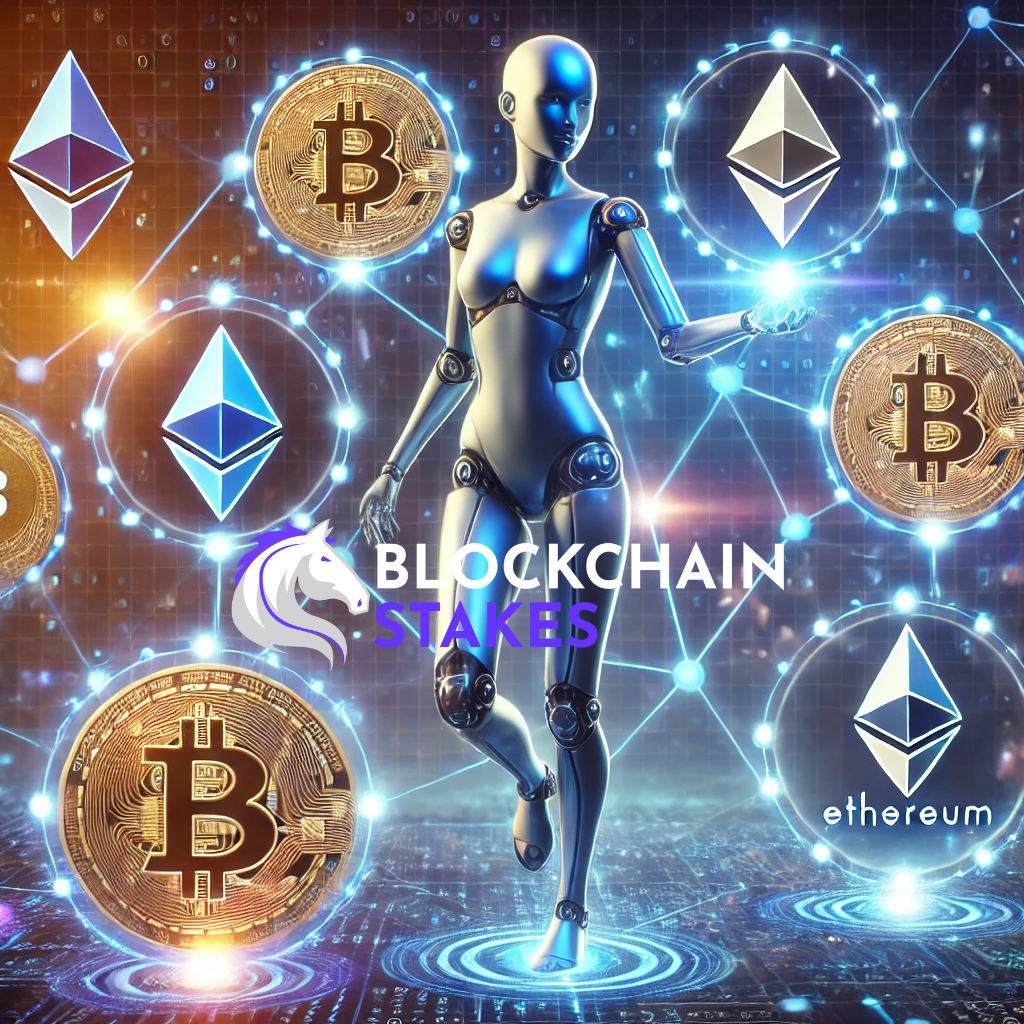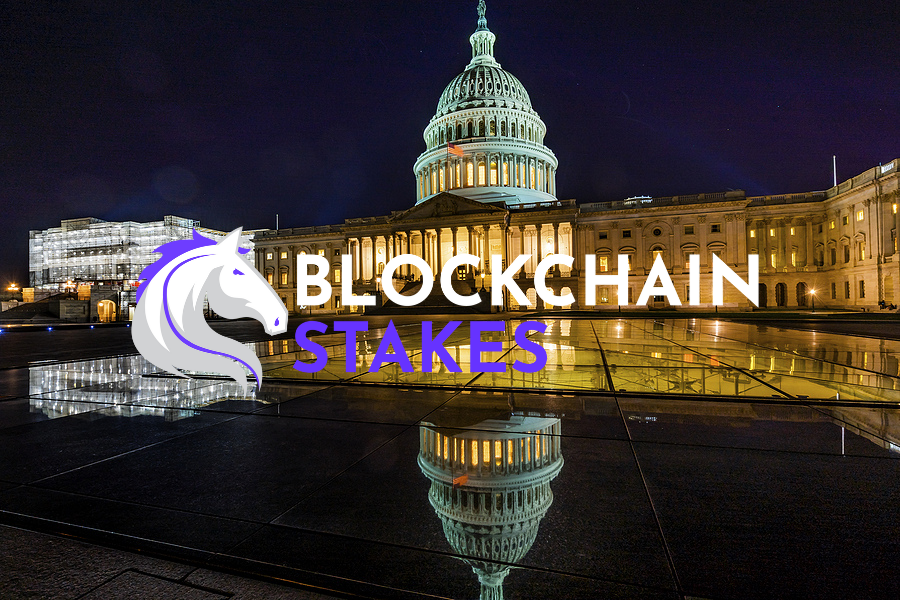Will Solana’s Firedancer Update Spell the End for Competing Blockchain Networks?
Imagine a blockchain platform capable of processing over 65,000 transactions per second (TPS), dwarfing the throughput limitations of its predecessors like Ethereum. Picture a decentralized ecosystem where transaction fees are mere fractions of a cent, making microtransactions not just feasible, but practical. This is the realm of Solana, where high-performance meets affordability, and scalability is no longer a distant dream but a tangible reality.
In this post, we explore the intricacies of Solana, delving into its key features, underlying mechanics, and the pivotal role played by its native cryptocurrency, SOL. We’ll unravel the tapestry of applications built on Solana, spanning diverse sectors like decentralized finance (DeFi), non-fungible tokens (NFTs), decentralized exchanges (DEXs), lending protocols, gaming, and the metaverse.
Moreover, we’ll delve into the recent milestone in Solana’s evolution: the Firedancer update. This significant upgrade represents a quantum leap forward for the Solana ecosystem, promising enhanced performance, reliability, and scalability. As we navigate through the intricacies of Firedancer, we’ll uncover its potential to reshape the landscape of blockchain technology and propel Solana towards even greater heights of success.
Key Features of Solana
At the heart of Solana’s appeal lies a set of key features that distinguish it as a leading blockchain platform. These features not only address the existing limitations of traditional blockchain networks but also pave the way for a new era of decentralized applications and digital transactions.
High Transaction Throughput: Solana boasts an impressive transaction throughput, capable of processing over 65,000 transactions per second (TPS). This is a monumental leap compared to the throughput of other prominent blockchain networks like Ethereum, which typically handles around 15 TPS. The high throughput of Solana is made possible by its innovative architecture and consensus mechanisms, enabling it to support a vast array of applications and use cases without compromising on speed or efficiency.
Low Transaction Fees: In addition to its high throughput, Solana offers incredibly low transaction fees, making it an attractive option for both developers and users alike. With an average cost per transaction of around $0.00025, Solana stands in stark contrast to networks like Ethereum, where transaction fees can often soar to several dollars or more. This affordability opens up a world of possibilities for microtransactions, decentralized applications, and digital commerce on the Solana network.
Smart Contract Capabilities: Similar to Ethereum, Solana supports smart contracts, allowing developers to build complex, decentralized applications that execute autonomously and securely. These smart contracts enable a wide range of functionalities, including decentralized finance (DeFi), non-fungible tokens (NFTs), decentralized exchanges (DEXs), and much more. By leveraging Solana’s smart contract capabilities, developers can create innovative solutions that transcend traditional boundaries and reshape entire industries.
Scalability: Scalability is a cornerstone of Solana’s design philosophy, underpinning its ability to handle a vast number of transactions without sacrificing decentralization or security. Solana’s architecture is specifically engineered for scalability, utilizing a combination of innovative consensus mechanisms and parallel processing techniques to maximize throughput and efficiency. As a result, Solana is capable of supporting the growing demands of a global user base, powering the next generation of decentralized applications and digital economies.
Solana’s key features embody the core principles of high-performance, affordability, security, and scalability, setting it apart as a leading blockchain platform in the rapidly evolving landscape of Web3. These features form the foundation upon which a diverse ecosystem of applications and projects flourishes, driving innovation and empowering users around the world.
How Solana Works
Solana’s remarkable performance and scalability are made possible by its innovative approach to consensus and transaction processing. Unlike traditional blockchain networks that rely on a single consensus mechanism, Solana employs a unique hybrid model that combines multiple technologies to achieve its impressive throughput and efficiency.
Proof-of-History (PoH): At the core of Solana’s consensus mechanism is Proof-of-History (PoH), a revolutionary concept that acts as a cryptographic clock, providing a verifiable record of the order and timing of transactions. PoH timestamps each transaction with cryptographic proofs, establishing a chronological sequence of events on the network. This chronological ordering eliminates the need for nodes to reach consensus on transaction order, significantly reducing latency and enabling faster transaction processing.
Proof-of-Stake (PoS): In addition to PoH, Solana utilizes a Proof-of-Stake (PoS) mechanism to achieve consensus and validate transactions. Validators on the Solana network stake their SOL tokens as collateral and are selected to participate in the consensus process based on their stake and reputation. Once selected, validators propose and vote on the validity of transactions, reaching consensus through a decentralized and democratic process. This PoS mechanism ensures the security and integrity of the Solana network while incentivizing active participation and decentralization.
Leader Node Selection: To further enhance efficiency, Solana employs a leader node selection mechanism that designates a single validator as the leader responsible for organizing and sequencing transactions. By centralizing transaction ordering responsibilities to a single node, Solana reduces network overhead and coordination requirements, enabling faster and more streamlined transaction processing.
Parallel Processing and Sharding: Solana’s architecture is designed for parallel processing, allowing multiple transactions to be executed simultaneously across a network of interconnected nodes. This parallelism is further enhanced through the use of sharding, a technique that partitions the network into smaller, more manageable subsets called shards. Each shard operates independently, processing transactions in parallel and aggregating results to maintain network integrity and consistency.
Optimized Network Infrastructure: In addition to its consensus mechanisms, Solana’s performance is bolstered by its optimized network infrastructure, which leverages cutting-edge technologies such as GPU acceleration and custom hardware accelerators. These optimizations ensure efficient data transmission and processing, minimizing latency and maximizing throughput across the network.
Solana’s innovative approach to consensus and transaction processing, coupled with its optimized network infrastructure, enables unparalleled speed, scalability, and efficiency. By leveraging Proof-of-History, Proof-of-Stake, leader node selection, parallel processing, and sharding, Solana is able to achieve its vision of a high-performance blockchain platform capable of powering the future of Web3.
Applications Built on Solana
The Solana ecosystem is a vibrant and rapidly expanding landscape, teeming with a diverse array of decentralized applications (dApps) spanning various sectors and use cases. From decentralized finance (DeFi) to non-fungible tokens (NFTs), decentralized exchanges (DEXs), lending protocols, gaming, and the metaverse, Solana serves as the foundation for a multitude of innovative projects and platforms. Let’s delve into some of the standout applications built on Solana:
NFT Marketplaces
- Solanart: As one of the pioneering NFT marketplaces on Solana, Solanart offers a rich array of digital collectibles and artworks, including projects like Degen Ape Academy, Aurory, SolPunks, Bold Badgers, and Sollamas. With its seamless user experience and low transaction fees, Solanart has emerged as a go-to destination for NFT enthusiasts and collectors.
- Magic Eden: Another prominent NFT marketplace on Solana, Magic Eden boasts a user-friendly interface and minimal transaction fees (2% transaction fee). It serves as a hub for artists, creators, and collectors to trade, mint, and showcase their digital assets, contributing to the vibrant NFT ecosystem on Solana.
Decentralized Exchanges (DEXs)
- Jupiter: Widely regarded as the premier decentralized exchange on Solana, Jupiter offers lightning-fast and low-cost trading of Solana-based tokens. With its intuitive interface and robust liquidity, Jupiter provides a seamless trading experience for users seeking to exchange digital assets on the Solana network.
- Orca: Positioned as a leading DEX deployed on Solana, Orca facilitates trading for SPL tokens (Solana Program Library tokens) and incentivized liquidity pools. With its focus on user experience and liquidity provision, Orca plays a pivotal role in fostering liquidity and market depth within the Solana ecosystem.
- Raydium: Serving as a comprehensive DeFi platform, Raydium offers a wide range of services including token swaps, liquidity pools, and yield farming opportunities. With its seamless integration with the Solana ecosystem and innovative features, Raydium has become a cornerstone of DeFi on Solana.
Lending Protocols
- Solend: Positioned as a decentralized lending and borrowing platform built on Solana, Solend enables users to access liquidity, earn interest on deposited assets, and borrow against their holdings. With its efficient and user-friendly interface, Solend empowers users to participate in decentralized finance (DeFi) with ease and convenience.
- Marginfi: Catering to traders and investors, Marginfi allows users to trade with leverage and earn yield on their crypto assets. By providing access to margin trading and yield farming opportunities, Marginfi enhances the liquidity and efficiency of the Solana ecosystem, while offering users new avenues for capital utilization and growth.
These are just a few examples of the myriad applications and projects flourishing within the Solana ecosystem. From decentralized finance (DeFi) to non-fungible tokens (NFTs), gaming, and beyond, Solana serves as a fertile ground for innovation and experimentation, driving forward the adoption and evolution of Web3. As the ecosystem continues to expand and mature, we can expect to see even more groundbreaking applications emerge, further solidifying Solana’s position as a leading blockchain platform in the decentralized landscape.
The Saga Phone: Pioneering Web3 Mobility
In the landscape of blockchain technology, accessibility and user experience are paramount to driving mainstream adoption. Recognizing this need, Solana Labs, the pioneering force behind the Solana blockchain, introduced the Saga phone—a revolutionary Android smartphone designed to seamlessly integrate users into the world of Web3.
Web3-Centric Design: The Saga phone is not just another smartphone; it’s a gateway to the decentralized future. Engineered by Solana Mobile, a subsidiary of Solana Labs, the Saga phone boasts tight integration with the Solana blockchain ecosystem. This includes a suite of Web3-centric features such as a built-in crypto wallet, a curated dApp store, and custom Android software tailored specifically for Web3 use cases. With the Saga phone, users can effortlessly access and interact with decentralized applications, manage digital assets, and participate in the burgeoning Web3 economy—all from the palm of their hand.
Cutting-Edge Hardware: Beyond its software prowess, the Saga phone sets a new standard for mobile hardware excellence. Sporting a stunning 6.67″ OLED display, 12GB of RAM, 512GB of storage, and the latest Snapdragon 8+ Gen 1 processor, the Saga delivers a premium user experience that rivals the best in the industry. What sets the Saga apart, however, is its innovative “Seed Vault” feature—an extra layer of security that securely stores private keys and seed phrases using hardware encryption. This ensures that users’ digital assets remain safe and protected at all times, empowering them to explore the world of Web3 with confidence.
Phenomenal Demand and Success: Since its launch in May 2023, the Saga phone has captured the imagination of consumers and crypto enthusiasts alike. Priced at $1,000, the initial run of 20,000 units sold out in record time—a testament to the overwhelming demand for a mobile device tailored for Web3 use. Part of this fervent interest can be attributed to the bundled airdrops of the Solana-based memecoin Bonk, which further fueled excitement and speculation surrounding the Saga phone.
Looking Towards the Future: Building on the success of the inaugural Saga phone, Solana Mobile has announced plans for a successor model—the “Chapter 2” Saga phone. Priced at a more accessible $450, the Chapter 2 model is slated to hit the market in the first half of 2025. While retaining the core Web3 features of its predecessor, the Chapter 2 Saga phone will leverage different hardware components to ensure affordability without compromising on functionality. With this strategic move, Solana Mobile aims to expand the reach of Web3 technology and onboard a new wave of users into the decentralized ecosystem.
Driving Mainstream Adoption: At its core, the Saga phone embodies Solana’s vision of democratizing access to Web3 and accelerating the mainstream adoption of crypto. By seamlessly integrating key Web3 features at both the hardware and software level, the Saga phone empowers users to embrace the future of finance and digital ownership with ease. With ambitions to onboard 1 billion users to its network, Solana is poised to lead the charge towards a more inclusive, decentralized future—one Saga phone at a time.
The Role of SOL in the Solana Ecosystem
The native cryptocurrency of the Solana network, SOL, plays a pivotal role in powering and maintaining the functionality of the ecosystem. As the backbone of the Solana blockchain, SOL serves a multitude of purposes, ranging from securing the network to facilitating transactions and governance. Let’s explore the various functions of SOL within the Solana ecosystem:
Staking and Network Security: SOL holders have the opportunity to stake their tokens and participate in securing the Solana network through the proof-of-stake (PoS) consensus mechanism. Validators stake their SOL as collateral to become network validators, responsible for validating transactions, producing new blocks, and maintaining the integrity of the blockchain. In return for their efforts, validators earn rewards in the form of newly minted SOL tokens, incentivizing active participation and contributing to the network’s security and decentralization.
Paying Transaction Fees: SOL is used as the primary currency for paying transaction fees on the Solana network. Whenever users execute transactions or interact with decentralized applications (dApps) on Solana, they are required to pay a small fee denominated in SOL. These transaction fees serve as an economic mechanism to incentivize validators to process transactions efficiently and maintain the network’s integrity and security.
Participating in Governance: In the future, SOL holders will have the opportunity to participate in the governance of the Solana network by voting on protocol upgrades, changes, and other proposals using their staked SOL tokens. Governance participation allows SOL holders to have a voice in shaping the direction and evolution of the Solana ecosystem, ensuring decentralization and community-driven decision-making.
Providing Liquidity: SOL can be provided as liquidity on decentralized exchanges (DEXs) built on the Solana network, such as Raydium and Jupiter. By providing liquidity to trading pairs involving SOL, users can earn trading fees and liquidity provider rewards, while also enhancing the liquidity and efficiency of the Solana ecosystem. Liquidity provision plays a crucial role in facilitating seamless token swaps and enabling vibrant trading activity within the ecosystem.
Facilitating Ecosystem Growth: As the Solana ecosystem continues to expand with the proliferation of decentralized applications (dApps), non-fungible tokens (NFTs), and users, the demand for SOL tokens increases correspondingly. SOL serves as the primary medium of exchange within the Solana ecosystem, facilitating peer-to-peer payments, transfers, and various financial operations. As demand for SOL grows, its value and utility within the ecosystem are further reinforced, driving ecosystem growth and adoption.
Token Transfers and Payments: Beyond its utility within the Solana ecosystem, SOL can also be used for peer-to-peer payments, transfers, and remittances. SOL transactions are fast, secure, and cost-effective, making them ideal for conducting financial transactions within the Solana network. Whether sending funds to friends and family or making payments for goods and services, SOL provides a seamless and efficient means of value transfer within the decentralized economy.
SOL serves as the lifeblood of the Solana ecosystem, powering network security, transaction processing, governance, liquidity provision, and ecosystem growth. As the demand for decentralized applications (dApps) and digital transactions continues to rise, SOL remains at the forefront, driving innovation and enabling the seamless operation of the Solana blockchain.
Solana Firedancer Update: Enhancing Performance and Scalability
The Solana Firedancer update represents a significant milestone in the evolution of the Solana blockchain, signaling a leap forward in performance, reliability, and scalability. Developed by Jump Crypto, Firedancer introduces a new validator client designed to address critical challenges and elevate the Solana network to new heights of efficiency and throughput. Let’s delve into the key details and features of the Firedancer update:
What is Firedancer?
Firedancer is a groundbreaking update to the Solana blockchain infrastructure, introducing a new independent validator client developed by Jump Crypto. This new client is engineered to be more efficient, performant, and scalable than its predecessors, aiming to support a higher number of concurrent transactions and reduce operational costs for node operators.
Key Features of Firedancer
- Improved Performance and Scalability: Firedancer incorporates support for sharding, a technique that partitions the network into smaller, more manageable subsets called shards. By enabling parallel processing across multiple shards, Firedancer significantly enhances the overall performance and scalability of the Solana ecosystem, potentially achieving throughput of up to 1 million transactions per second (TPS).
- Enhanced Reliability: Firedancer introduces several optimizations and enhancements to improve the overall reliability of the Solana network. By addressing critical issues such as network congestion, high operational costs, and software bugs, Firedancer aims to reduce downtime incidents and ensure a more stable and resilient blockchain infrastructure.
- Open-Source Codebase: Firedancer’s open-source nature allows for community contributions and continuous improvements over time. By fostering collaboration and innovation within the Solana community, Firedancer aims to evolve and adapt to the evolving needs and challenges of the decentralized ecosystem.
- Flexible Deployment: Firedancer’s architecture is designed to facilitate seamless deployment and upgrades, allowing for the replacement and enhancement of individual components without disrupting network operations. This flexibility ensures maximum performance and efficiency while minimizing downtime and operational overhead.
- Compatibility with Existing Hardware: Firedancer is engineered to be compatible with current validator hardware, enabling performance boosts without the need for immediate hardware upgrades. This backward compatibility ensures a smooth transition for existing node operators and validators, while also laying the foundation for future hardware advancements.
Purpose of Firedancer
The primary objective of the Firedancer update is to address critical pain points and bottlenecks within the Solana network, such as network congestion, high operational costs, and software bugs. By introducing a more efficient and scalable validator client, Firedancer aims to enhance the overall performance, reliability, and scalability of the Solana blockchain, positioning it as a leading platform for decentralized applications and digital transactions.
Firedancer is scheduled for deployment on the Solana mainnet in the summer of 2024, marking a significant milestone in the ongoing evolution of the Solana ecosystem. As the Solana community eagerly anticipates the rollout of Firedancer, the update promises to usher in a new era of innovation and growth, propelling Solana to even greater heights of success in the decentralized landscape.
Impact of Firedancer on the Solana Ecosystem
The Solana Firedancer update is poised to have a transformative impact on the Solana ecosystem, revolutionizing its performance, reliability, scalability, and decentralization. As Solana prepares for the mainnet launch of Firedancer in the summer of 2024, anticipation mounts within the community for the myriad benefits and opportunities that the update will bring. Let’s explore the potential impact of Firedancer on the Solana ecosystem:
Improved Performance and Scalability: Firedancer’s support for sharding and other optimizations is expected to dramatically improve the performance and scalability of the Solana network. With the potential to achieve throughput of up to 1 million transactions per second (TPS), Firedancer will enable Solana to accommodate a vastly increased volume of transactions, fostering the growth of decentralized applications (dApps) and digital economies on the platform.
Increased Network Reliability and Resilience: By introducing a new independent validator client and implementing enhancements to improve network reliability, Firedancer aims to enhance the stability and resilience of the Solana blockchain. With multiple validator clients operating in parallel, the risk of network disruptions due to bugs or vulnerabilities in a single client is significantly reduced, ensuring uninterrupted service and fostering greater confidence among users and developers.
Lower Operational Costs for Validators: Firedancer’s focus on efficiency and performance optimizations is expected to result in lower operational costs for node operators and validators. By reducing resource requirements and improving hardware utilization, Firedancer will enable validators to operate more cost-effectively, thereby encouraging greater participation and decentralization within the Solana network.
Fostering Ecosystem Growth and Adoption: The enhanced performance, reliability, and scalability facilitated by Firedancer will create a more conducive environment for the development and adoption of decentralized applications (dApps) and digital assets on Solana. With improved throughput and lower transaction costs, developers and users will have greater incentive to build and transact on the platform, driving ecosystem growth and expanding the reach of Web3.
Increased Decentralization and Community Involvement: Firedancer’s open-source nature and emphasis on community contributions will foster greater decentralization and community involvement within the Solana ecosystem. By enabling community-driven development and governance, Firedancer empowers users and validators to actively participate in shaping the future direction of the Solana network, ensuring that it remains decentralized, resilient, and responsive to the needs of its stakeholders.
Overall, the Solana Firedancer update represents a significant step forward in the evolution of the Solana ecosystem, positioning it for continued growth and success in the rapidly evolving landscape of decentralized technology. As Solana embarks on this next chapter of its journey, the community looks forward to realizing the full potential of Firedancer and unlocking new possibilities for innovation, collaboration, and empowerment on the Solana blockchain.
Key Takeaway
As we conclude our exploration of Solana, it’s evident that the platform is not just a blockchain but a catalyst for transformative change in the decentralized landscape. Solana’s innovative design, high-performance architecture, and commitment to scalability have positioned it as a frontrunner in the race towards Web3—a future where decentralized applications and digital transactions are the norm.
From its lightning-fast transaction throughput and low fees to its support for smart contracts and vibrant ecosystem of decentralized applications, Solana offers a compelling vision of what the future of blockchain technology can be. With each new update and enhancement, such as the upcoming Firedancer release, Solana continues to push the boundaries of what’s possible, driving innovation and empowering users and developers around the world.
As we look ahead, it’s clear that Solana’s journey is far from over. With the support of its passionate community, dedicated developers, and visionary leadership, Solana is poised to continue its ascent, shaping the future of decentralized finance, digital ownership, and beyond.












